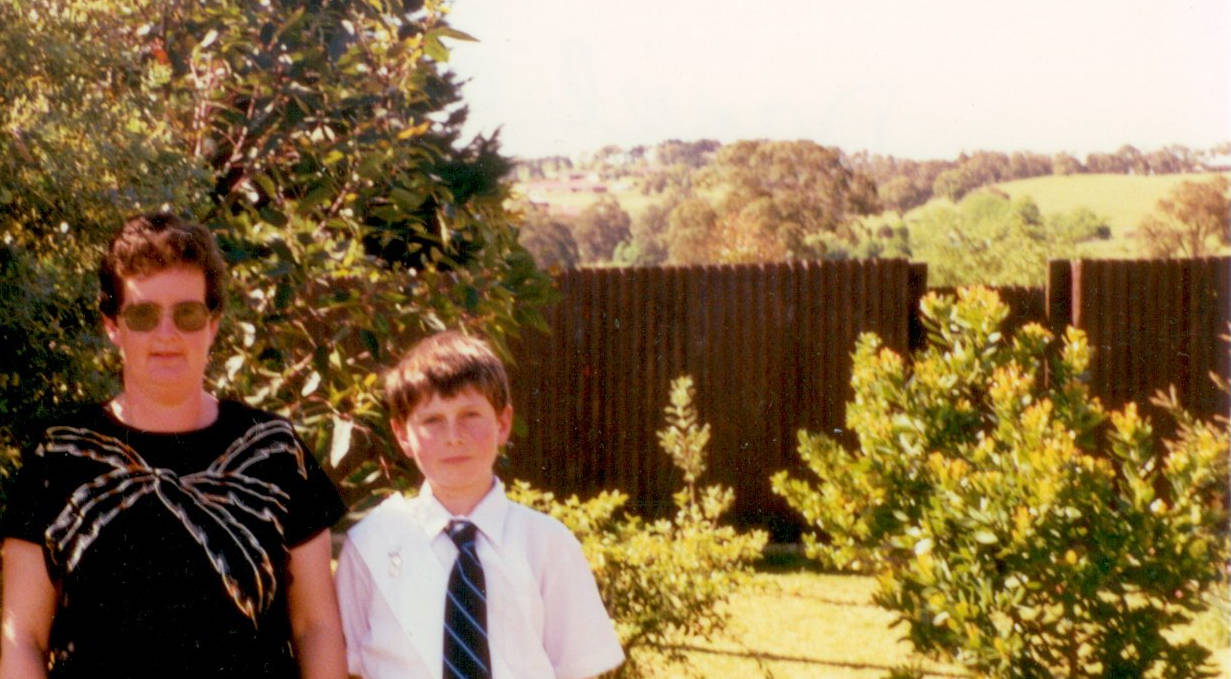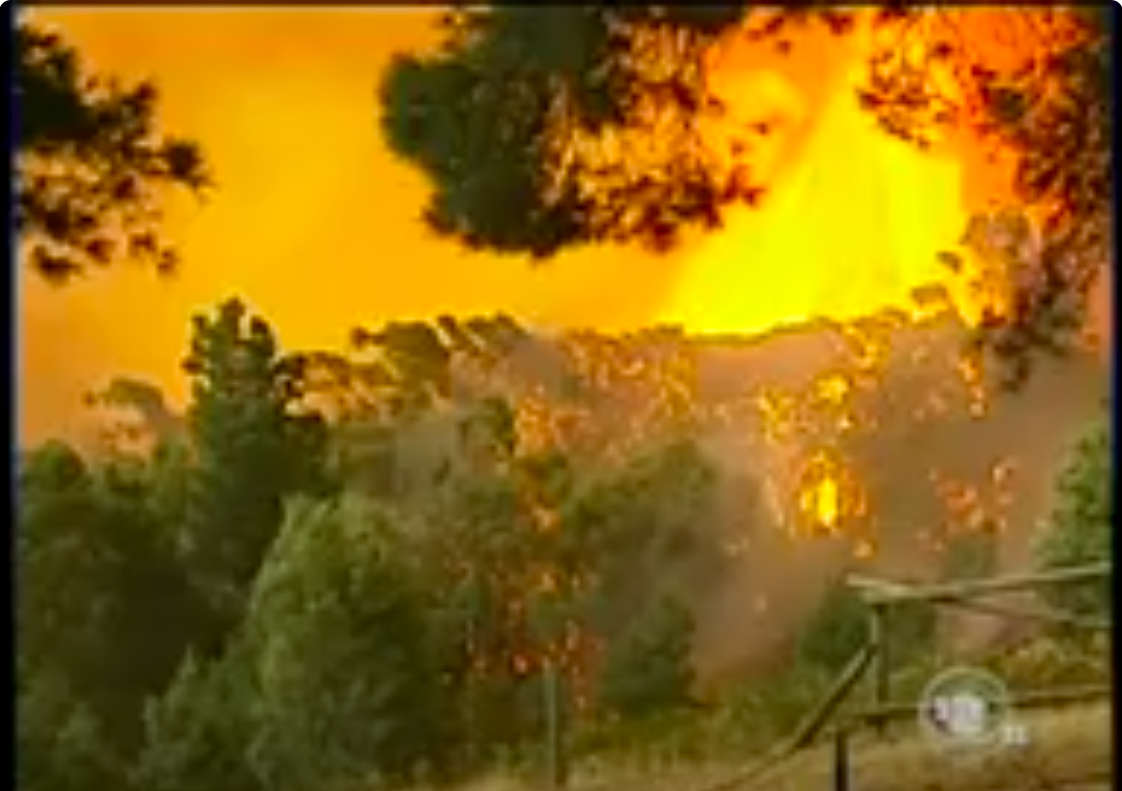Kilmore East bushfire, Wandong & Black Saturday response compared to defective blocks in Ireland
There were two periods in my childhood when we lived in the village of Wandong, population 1500. It may have been smaller back in the 1980s.

The field behind our house was used for cattle farming. The cows would come right up to the edge of our garden looking for grass to eat. This was the second house we had in Wandong.
This is the place where we were living when I got my first computer and my first electronics kit.

Fast forward to 2009. I was sitting in an airport in South America waiting for a flight connection. The TV was tuned to a global news channel. The last thing I would expect to see was Wandong. But there it was. It didn't look good. The Prime Minister, Kevin Rudd, was visiting the region, standing in the ashes of the bushfires and speaking to the families who live there. ( video)

Rudd went back again a second time for the memorial service the following week:
"We intend to be with you every step of the way.
"This is an easy thing to say, and a much harder thing to do."
Local Country Fire Authority volunteer Karen McDonald said she was pleased to see Mr Rudd at the service.
"It's nice to know he's made the effort to come down and think about us. It's just been a long week," she said.
Some of the statistics:
- 173 people deceased
- 414 people injured
- 7,562 people displaced
- 450,000 ha (1,100,000 acres) burnt (almost the size of County Donegal in Ireland)
- Over 3,500 structures destroyed, including 2,029 houses
- Over 11,800 head of livestock deceased, consisting of 2,150 sheep, 1,207 cattle, and an unknown number of horses, goats, alpacas, poultry, and pigs.
From a report by the CSIRO:
During its first 12 hours, 119 people died, 1242 houses and other buildings were destroyed, and more than 100,000 ha of forest and farmland was burned. It is the single most destructive bushfire to occur in Australia.
The government established a Royal Commission to examine the cause of the fire and the manner in which the response was managed.
The Premier of Victoria ordered the Royal Commission just two days after the tragedy.
July 2010 (18 months after the fires), the Royal Commission published a comprehensive final report. It took forty three years for Stardust victims to get a verdict.
Based on the report, residents and other victims began a claim for compensation. The claim was resolved in July 2014, that is five and a half years after the original fire and four years after the Royal Commission.
The first reports of defective blocks in County Donegal, Ireland, began to appear in 2011, approximately two years after the Black Saturday bushfires.
While the Premier of Victoria had taken just two days to establish a Royal Commission, residents of Donegal and Mayo waited another five years, until 2016, before the Minister of Housing and Urban Renewal established an expert committee to investigate. The delay waiting for the expert committee to start was longer than the total period for all the Royal Commission and liability claims after the Black Saturday fires.
Fifteen years have passed and many victims are still waiting for answers. Solutions appear to be even futher out of reach.
I went up to County Donegal to have a look at the problem. This photo was taken with Ali Farren of the new 100 percent redress party running in local elections. We're standing outside his home in Malin Head.
Please read more about my candidacy for the European Parliament.